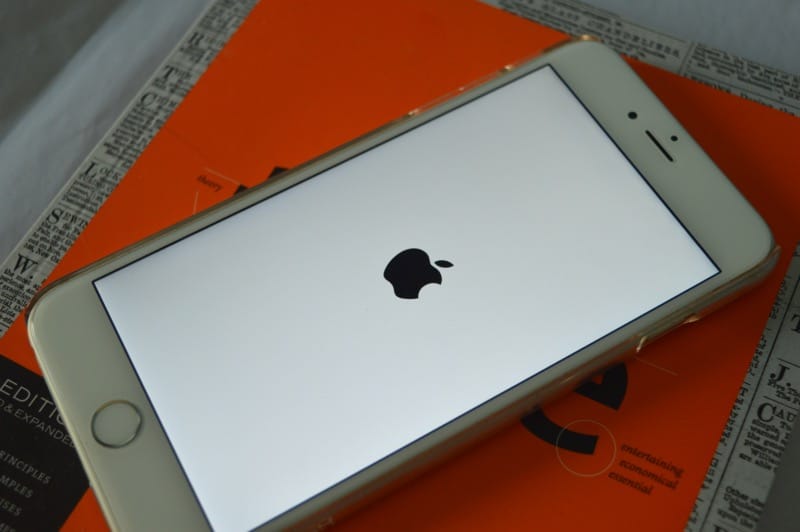
We are several cycles out since the launch of the iPhone 6, but the handset is still out there in the wild. Unfortunately, it sounds like the failure rate for Apple’s older handset is pretty high. And yet, not as high as the competition.
According to a new report from the security firm Blancco entitled, “State of Mobile Device Repair & Security”, the failure rate of the iPhone 6 sits at the top of the iOS pile with a rate of 22 percent. That percentage drops off a bit ,though, with the iPhone 6s failure rate hitting 16%. From there, it gets below ten percent, which is probably a good place to be. Here are the percentages, according to the report’s table:
- iPhone 6: 22%
- iPhone 6s: 19%
- iPhone 6s Plus: 9%
- iPhone 6 Plus: 8%
- iPhone 7: 8%
- iPhone 7 Plus: 7%
- iPhone 5s: 5%
- iPad Air 2: 4%
- iPhone X: 3%
- iPhone 8 Plus: 3%
Interestingly enough, the report indicates that Bluetooth is one of the major fault points for iOS in general. After that, it’s Wi-Fi, headset, and mobile data that can impact overall performance.

While 22% is a high percentage point, the report says that it’s lower than the highest failure rate of Samsung’s overall 27.4 percent. That marks Samsung devices as having the highest failure rate of all the Android manufacturers out there, according to the security firm’s data. The firm states that their findings show that “performance” is the major sticking point for Android devices, while battery charging, the microphone, and the camera can lead to issues.
It is worth noting here that the data that Blancco has is based on “data collected from iOS and Android devices brought into wireless carriers and device manufacturers for Blancco testing and erasure”, so it’s obviously not indicative of the smartphone market as a whole, but just a small fraction of it. These numbers might shift in big ways if data points were collected in a wider net.
The iPhone 6 (and the iPhone 6 Plus) were both impacted in a hugely negative way by “Touch Disease”, which, at the time, was explained this way:
“In both the iPhone 6 and 6 Plus, the Touch IC chips connect to the logic board via an array of itty-bitty solder balls–“like a plate resting on marbles,” Jessa explains. Over time, as the phone flexes or twists slightly during normal use, those solder balls crack and start to lose contact with the board.
“At first, there may be no defect at all. Later you might notice that the screen is sometimes unresponsive, but it is quick to come back with a hard reset,” Jessa explains. “As the crack deepens into a full separation of the chip-board bond, the periods of no touch function become more frequent.”
Apple’s iPhone 6, along with some other older iPhones models, felt the brunt of Apple’s performance efforts with iOS and older hardware. That fiasco, where Apple throttled older handsets in an effort to preserve battery life, eventually led to a battery replacement program with a discounted $29 cost.
Have you ever had an iOS device fail on you? If so, did you find out the reason why?
[via AppleInsider]